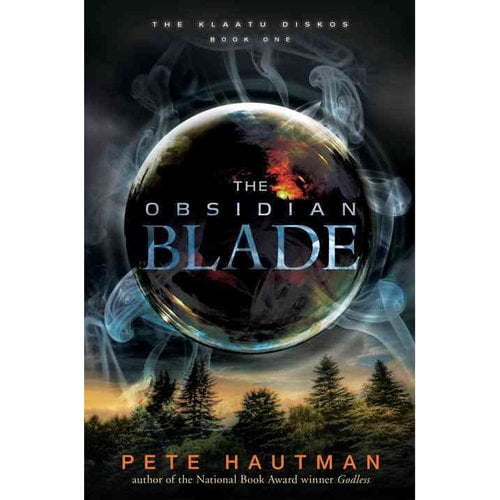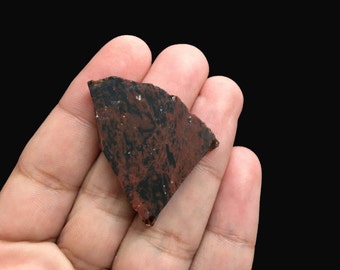
Flakes and flake fragments make up the bulk of the remainder, with cores and pièces esquillées 1 poorly represented constituting less than 1% of the surface collection sample. The second most frequent category of lithic artefact are finished blades and blade fragments, which constitute over a third of all unworked debitage. It is, however, recognised that the both the total 1993 sample of lithic artefacts and the sub-sample of this examined is quite small which limits these preliminary observations.Īpproximately 40% of the surface collected lithic sample consists of chips and shatter, the manufacturing by-products of core reduction and tool manufacture. Crested blades are rare in the 1993 sample, suggesting that initial core shaping and preparation may have been conducted off site, presumably either at the raw material sources or at area near the quarries. Very little is known about the sources of flint deposits and, as with obsidian, a geological survey and sourcing program will contribute to our understanding of the acquisition of this material.īoth obsidian and flint appear to have been imported into Çatalhöyük in a decortexed state. It is anticipated that in future years a program of sourcing obsidian will be undertaken to clarity the specific geological sources of raw material. The obsidian was more than likely obtained primarily from the Central Anatolian sources in the Çiflik-Acigöl-Nigde region and varies from opaque to translucent and grey to black in colour. The sources of raw material for the lithic industry come from various regions. Further analysis of the relationship between flint and obsidian, such as examining the preferences of specific raw materials for specific tool forms, will no doubt clarify this observation and define the differences more clearly. This observation, clearly defined in Syrian Neolithic lithic assemblages where obsidian and flint cores are reduced in quite distinct ways and certain lithic tools are found solely on either obsidian or flint, is no doubt a function of both the differing properties obsidian and flint possess and the availability of raw material. As such, it appears that the chaîne operatoire for obsidian and flint differ from one another. Interestingly, if one examines the raw material of those lithic artefacts which have been retouched and/or exhibit signs of use-wear, approximately 14.6% of them are flint. The second most frequently used raw material was flint, (n=59 2.9%), varying in colour and grain structure from fine grained yellow varieties to more coarse reddish brown. Of the sample of 1.516 lithic artefacts recovered from surface collection units almost 97% were obsidian.


The chipped stone industry of Çatalhöyük is overwhelmingly obsidian based. Subsequent reports on the chipped stone industry of Çatalhöyük will be more comprehensive in scope. Nonetheless, for the purposes of this report, some general comments on the nature of the industry are provided.

No definite conclusions have yet been made considerably more analysis needs to be completed before any typological groupings or lithic chaînes operatoires can be constructed. This report presents in very general terms the nature of the Çatalhöyük lithic industry as represented by this sample. To date, a sample of 1,874 pieces have been examined and described. Preliminary report on the chipped stone artefacts James ConollyĢ,923 chipped stone artefacts were recovered during the 1993 field season at Çatalhöyük.


 0 kommentar(er)
0 kommentar(er)
